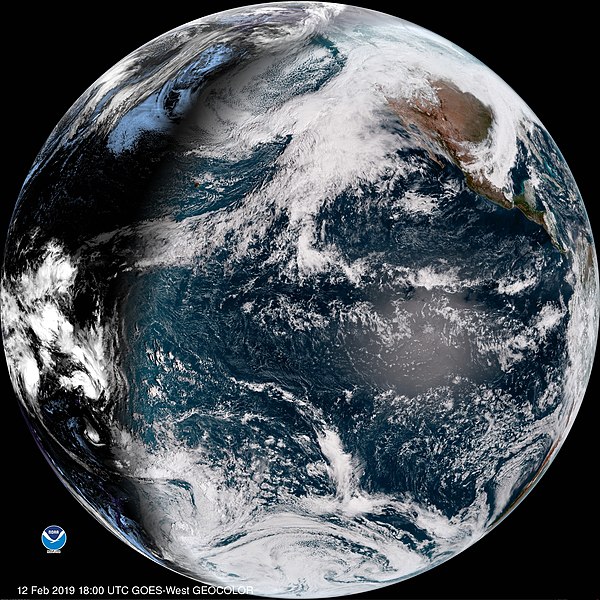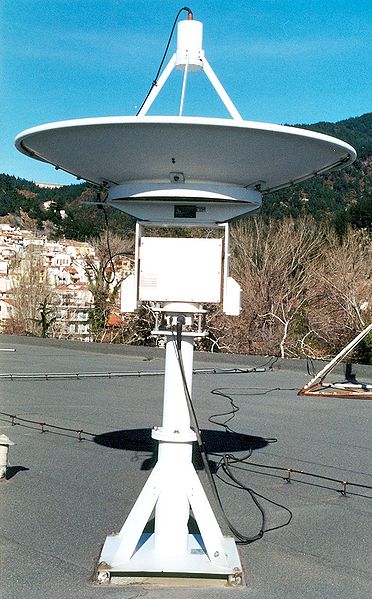Multi-Functional Transport Satellite
Multifunctional Transport Satellites (MTSAT) were a series of weather and aviation control satellites. They are replaced by Himawari 8 on 7 July 2015. They were geostationary satellites owned and operated by the Japanese Ministry of Land, Infrastructure, Transport and Tourism (MLIT) and the Japan Meteorological Agency (JMA), and provide coverage for the hemisphere centred on 140.0° East; this includes Japan and Australia who are the principal users of the satellite imagery that MTSAT provides. They replace the GMS-5 satellite, also known as Himawari 5. They can provide imagery in five wavelength bands — visible and four infrared, including the water vapour channel. The visible light camera has a resolution of 1 km; the infrared cameras have 4 km. The spacecraft have a planned lifespan of five years. MTSAT-1 and 1R were built by Space Systems/Loral. MTSAT-2 was built by Mitsubishi.
MTSAT-1 Himawari 6
A weather satellite or meteorological satellite is a type of Earth observation satellite that is primarily used to monitor the weather and climate of the Earth. Satellites can be polar orbiting, or geostationary.
GOES-16, a United States weather satellite of the meteorological-satellite service
These meteorological-satellite service, however, see more than clouds and cloud systems
The geostationary GOES-17 satellite's Level 1B Calibrated Radiances - True Colour Composite PNG image
Computer-controlled motorized parabolic dish antenna for tracking LEO weather satellites.





